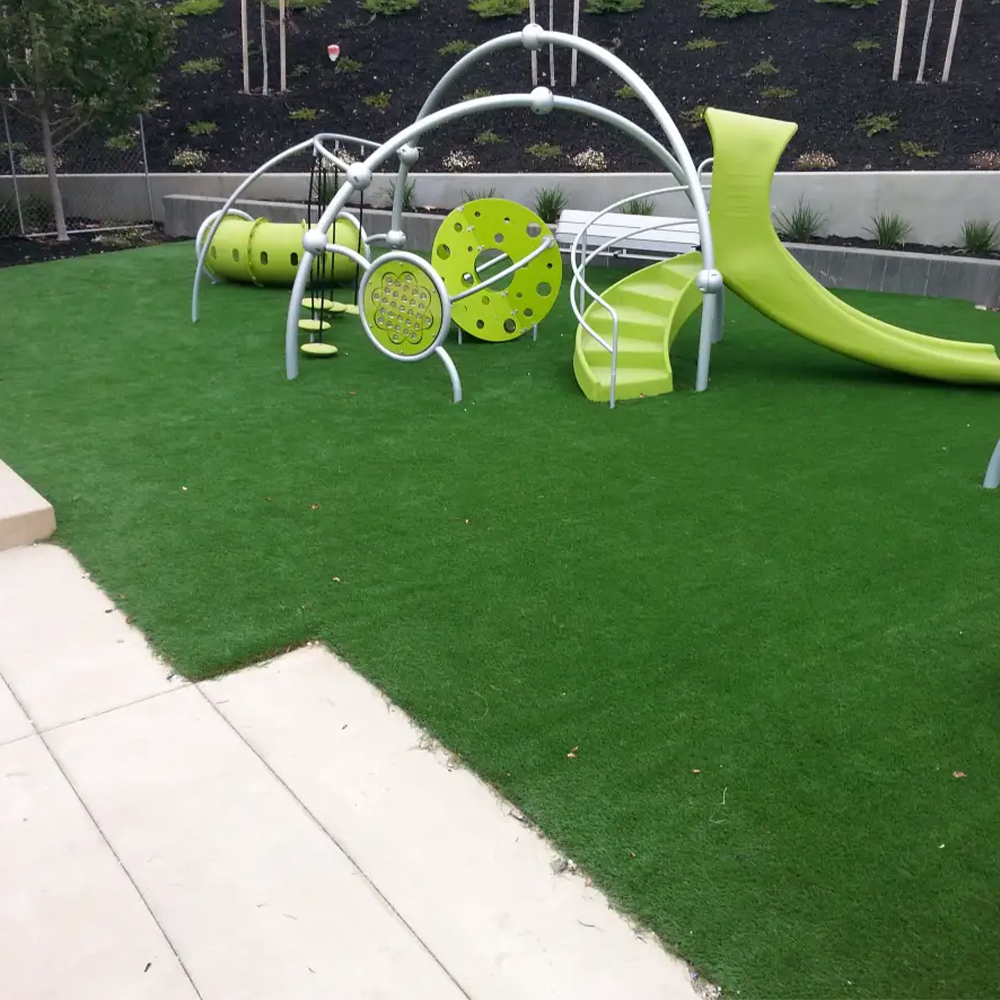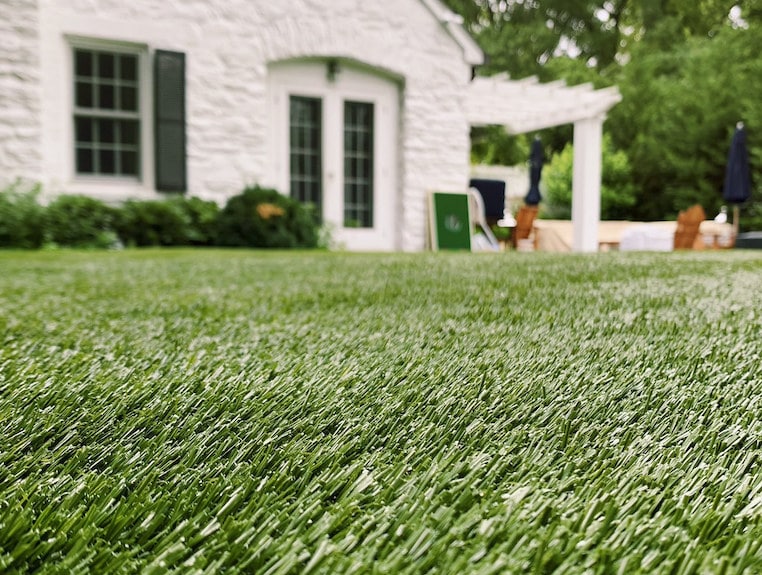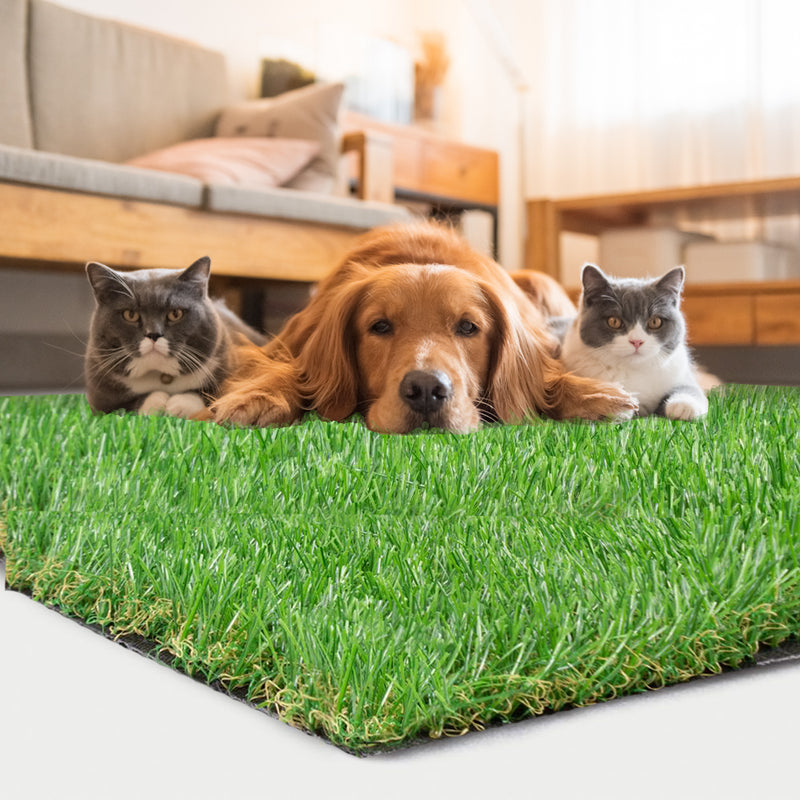Choose Trusted Artificial Turf Companies Phoenix for Your Landscaping Needs
Wiki Article
Look Into the Environmental Perks of Opting for Synthetic Grass Solutions
The adoption of fabricated turf remedies offers a compelling possibility to resolve pushing environmental obstacles. By substantially reducing water use and decreasing the application of unsafe chemicals, these choices not only advertise sustainable landscaping however likewise secure local environments.Water Preservation Perks
One of the most significant benefits of artificial grass is its capacity to conserve water. In comparison, fabricated grass does not need watering, dramatically decreasing the overall demand for water resources.By removing the need for routine watering, synthetic grass adds to sustainable landscape practices and aids mitigate the environmental influence of excessive water intake. In addition, the conservation of water includes the decrease of drainage, which can bring about soil erosion and waterway air pollution.
In addition, the installment of synthetic grass enables towns and house owners to assign water sources a lot more effectively, concentrating on crucial usages such as alcohol consumption water and agriculture. The change in the direction of synthetic grass not only promotes responsible water use however additionally straightens with more comprehensive environmental objectives targeted at maintaining natural resources.
As neighborhoods increasingly focus on sustainability, the water preservation advantages of synthetic grass provide an engaging instance for its fostering in residential and commercial landscape design tasks.
Minimized Chemical Usage
The shift to man-made lawn substantially decreases the dependence on chemical treatments generally made use of in natural lawn maintenance. Conventional lawn management typically entails the application of herbicides, pesticides, and fertilizers to advertise development and control pests. These chemicals can position threats to human health and wellness, neighborhood wildlife, and the environment, adding to dirt and water contamination.In contrast, synthetic grass gets rid of the requirement for these damaging compounds. By lessening the launch of artificial substances into the environment, synthetic grass advertises much healthier dirt and water systems.
In addition, the absence of chemical overflow connected with artificial grass setups aids shield regional rivers from contamination, supporting marine life and maintaining biodiversity. Artificial turf companies phoenix. As areas progressively focus on lasting techniques, choosing for man-made grass provides a viable option that straightens with environmental preservation goals. With this change, homeowner can take pleasure in rich green spaces without endangering ecological health and wellness, leading the way for a much more sustainable future
Reduced Carbon Footprint

In addition, the installation of synthetic grass can cause substantial water conservation. All-natural lawns need considerable amounts of water for irrigation, which not just contributes to the carbon impact connected with water removal and treatment yet additionally strains neighborhood water sources. On the other hand, synthetic grass needs very little upkeep, requiring no watering, thus dramatically decreasing water usage and its associated energy expenses.
Furthermore, the long life of synthetic turf adds to its decreased carbon effect. With a lifespan of up to 15 years or more, the demand for frequent replacements is reduced, causing less waste and lower power usage in production and disposing of conventional yard choices. Generally, synthetic grass offers a lasting choice for eco aware landscaping.
Environment Conservation
Habitat conservation is this article an essential factor to consider in the discussion over landscape design selections, especially when comparing synthetic grass to all-natural grass. All-natural turf yards often need Turf installation phoenix az comprehensive maintenance, consisting of using chemicals, herbicides, and plant foods, which can detrimentally influence neighborhood environments. These chemicals can seep into the dirt and rivers, damaging native flora and fauna and interfering with neighborhood habitats.
Fabricated turf eliminates the need for dangerous chemicals, thus protecting nearby wild animals and maintaining the integrity of surrounding ecosystems. The installation of fabricated turf can lead to the conversion of previous turf areas into even more biodiverse landscapes, such as pollinator yards or indigenous plant locations, which can sustain regional wild animals.
Ultimately, the change to synthetic grass not just preserves water and reduces maintenance efforts but likewise promotes an extra harmonious relationship between human tasks and the natural surroundings, promoting environment conservation in the process.
Long-Term Sustainability
Long-term sustainability is an essential consider reviewing the benefits of man-made lawn over traditional yard lawns. One of the most considerable benefits of artificial lawn is its durability; it can last as much as 15-20 years with very little maintenance, whereas all-natural turf requires regular reseeding and replacement. This longevity minimizes the requirement for constant sources, such as water, plant foods, and chemicals, which are vital for keeping a healthy grass yard.In addition, synthetic grass adds to a reduction in carbon exhausts connected with lawn care equipment. Typical grass often need gas-powered lawn mowers, trimmers, and blowers, every one of which add to air pollution. Arizona artificial turf. On the other hand, synthetic grass removes the need for such tools, advertising a cleaner environment
In addition, the manufacturing of artificial lawn significantly uses recycled products, improving its sustainability account. As suppliers take on environment-friendly methods, the environmental impact of synthetic grass remains to decrease.

Conclusion
The adoption of synthetic grass solutions presents substantial ecological benefits, including considerable water conservation, reduced reliance on damaging chemicals, and a reduced carbon impact. Synthetic grass help in protecting natural habitats by reducing land disturbance and advertising long-lasting sustainability with the usage of sturdy products. Jointly, these elements underscore the possibility of synthetic grass to contribute favorably to environmental wellness and provide a practical choice to traditional landscape design techniques in an increasingly resource-conscious globe.In contrast, synthetic turf does not require watering, considerably decreasing the overall need for water resources. By reducing the release of synthetic substances into the community, artificial lawn promotes healthier dirt and water systems.
Furthermore, the use this link setup of fabricated grass can result in significant water conservation. In contrast, artificial lawn needs marginal maintenance, requiring no watering, therefore considerably lowering water usage and its connected power costs.

Report this wiki page